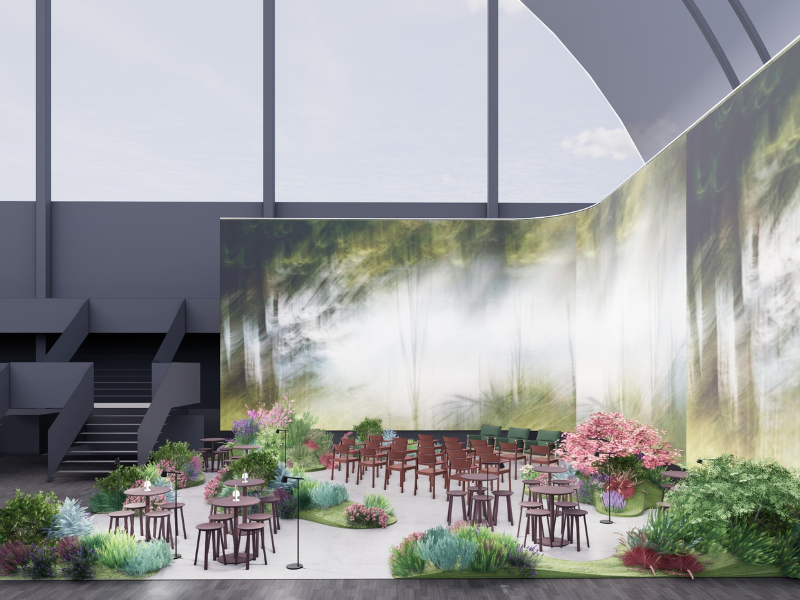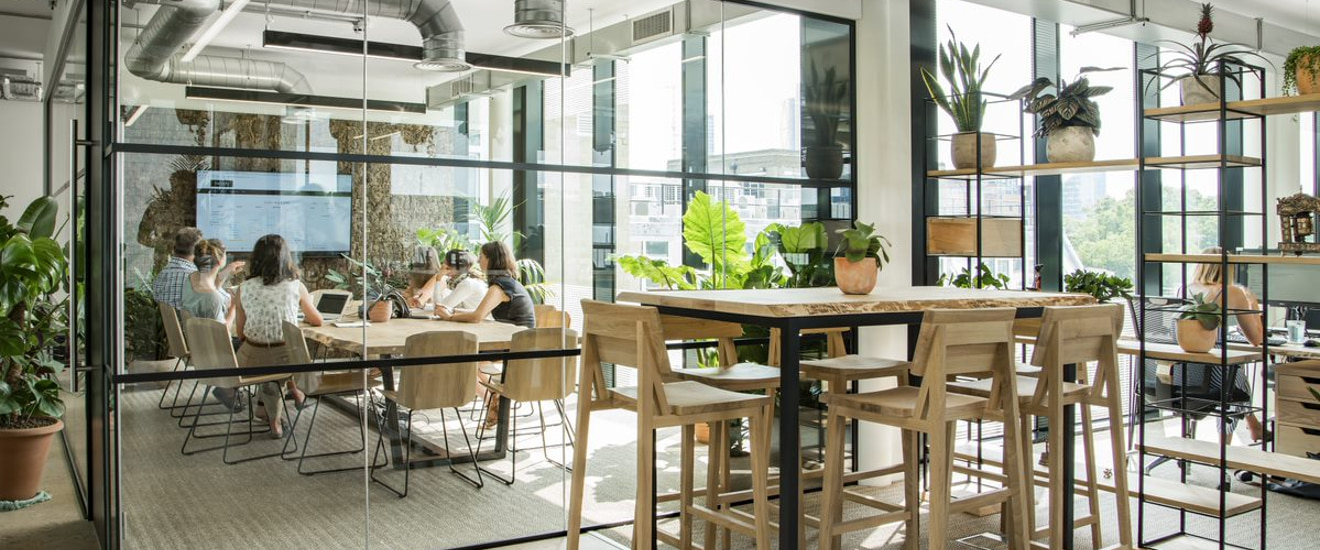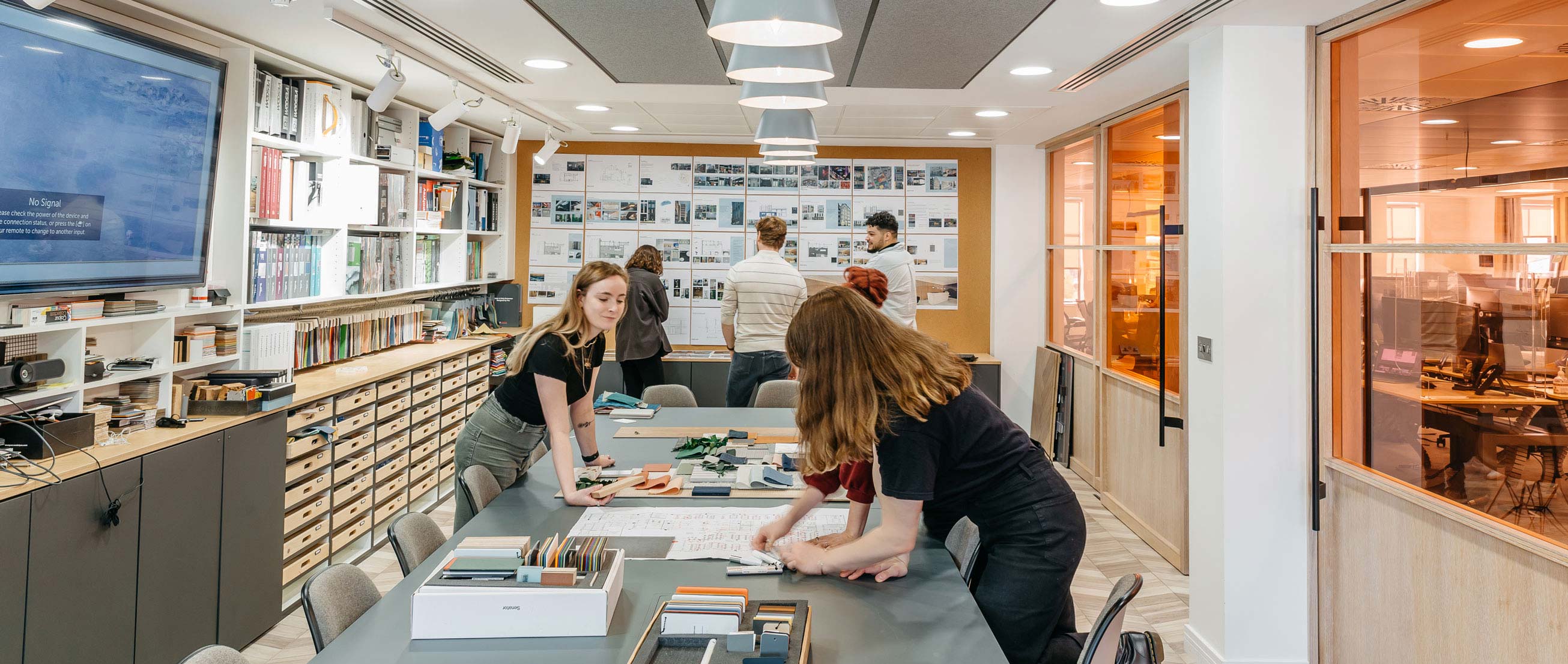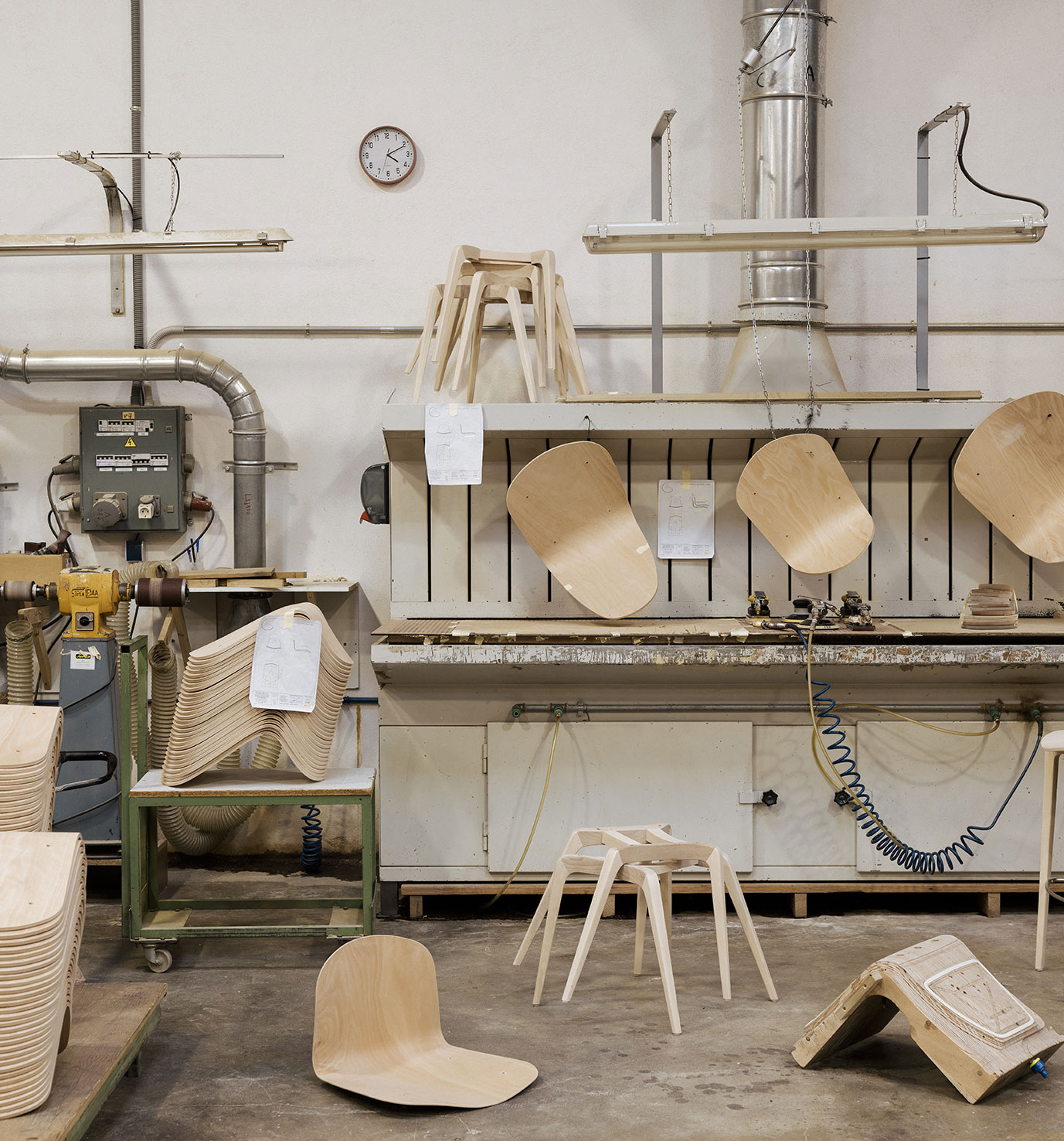
Sign up to our newsletter.
Stay up to date on the latest in workplace design & build. Sign up to our newsletter for useful advice, information and inspiration from the world of workplace.

A park underground? It sounds improbable, until you learn that a team of pioneers in New York showcased a working prototype for exactly that from 2015 until 2017. The Lowline is a vision for an underground park proposed for the former Williamsburg Bridge Trolley Terminal underneath Delancey Street on Manhattan’s Lower East Side. Taking advantage of original features such as cobblestones, railway tracks and vaulted ceilings – all untouched since the trolley service was discontinued in 1948 – the project imagines a green space teeming with life, where ‘remote skylights’ enable plants and trees to grow underground. The test was a success, with 3,000 plants, across more than 100 species, not only surviving but thriving, and drawing crowds of hundreds of thousands. With more planned across the globe including a Low Line along the Victorian Viaducts in London, the human fascination with natural daylight is evident – but why?
Sunlight is one of the crucial factors enabling life on earth, and despite all our technological advances in creating light through other means, it is still vital for the health and wellbeing of almost every living organism. Daylight boosts Vitamin D storage, vital for helping us to absorb calcium and promote bone growth, as well as helping to prevent certain types of cancers, heart disease, depression and weight gain. Natural daylight has been shown to generate higher levels of productivity within the workplace And it’s not just our health and productivity – our access to natural daylight affects everything from vision to sleep and mood. ‘Natural light just makes people happy,’ says Peldon Rose snior project designer Sonia Crozier.
Artificial light enables us to see – but it is pretty useless at everything else we need light for. Comprising mainly long-wavelength or ‘red’ light, it fails to influence the circadian rhythms that govern our waking and sleeping patterns. The human body needs light in the shorter wavelength ‘blue region’ to suppress the production of melatonin and stimulate serotonin release, making us feel alert.
With the shape of the workplace landscape changing, we are seeing a greater precedent on biophilic design and its positive influence on wellbeing. Speaking with Senior Project Design, Sonia Crozier ‘You used to see business leaders putting their own offices and boardrooms around the perimeter curtain glazing, leaving staff desks in the darker centres of buildings, but that has completely changed . Companies care about their teams and are now much more likely to give them the best views.’ Although UK employment law includes a duty to provide lighting that enables work to be undertaken safely and states that health or eyesight must not be jeopardised, it only requires natural light, ‘so far as is reasonably practicable.’ Nonetheless there is a notable trend within workplace design to prioritise staff wellbeing. Maximising natural light is a big part of the shift.
So where do you start? According to Sonia ‘Layout is really important, make the most of your darker core space for storage, cosy nooks and rooms used for short meetings and save the brighter perimeters for where your people spend most time – whether that’s at their desks or in collaborative, social spaces. And if you put meeting rooms near windows, use glazed partitions to let light pass through.’ But if your office is in a dark basement, fear not – you can fake it. ‘You can vary light levels within a space. Ambient lighting such as pendants and floor lamps really help to create a homely environment.’
In short, follow the lesson of New York’s Lowline: there’s always a way to let the light in; you just have to find it…





Your workplace holds enormous potential to improve your business performance. Get in touch today, and we will unlock that potential together.